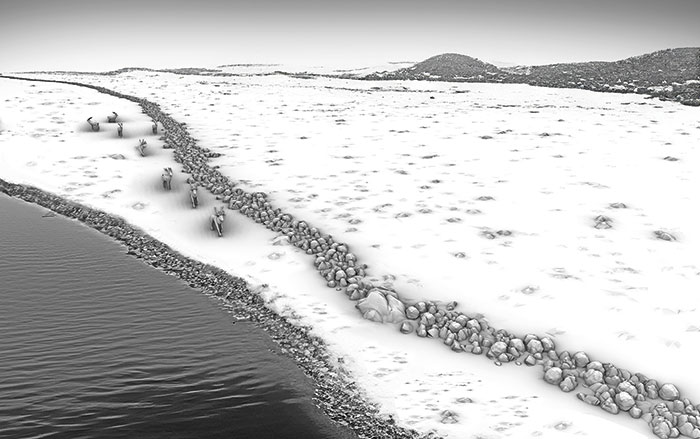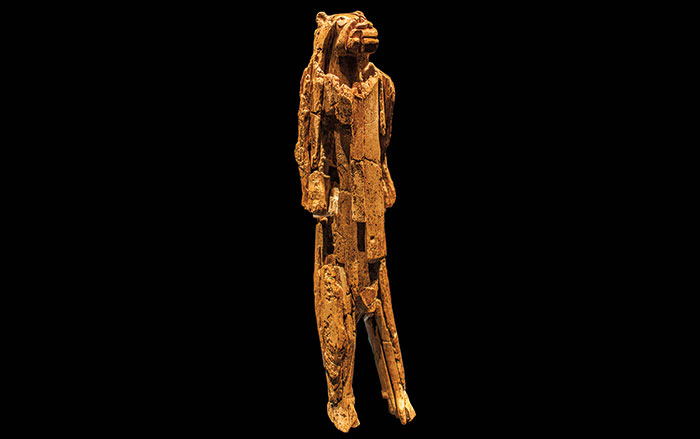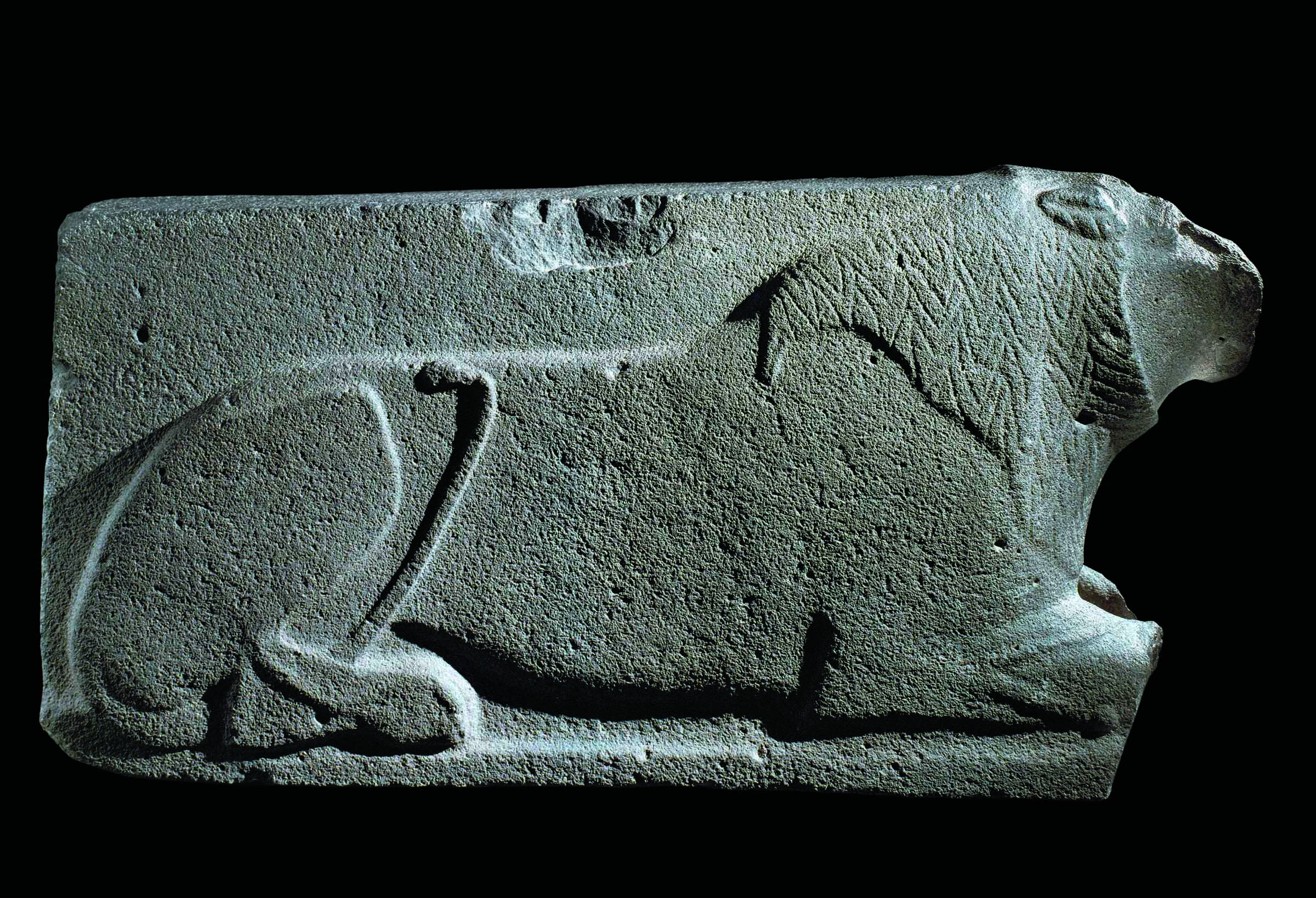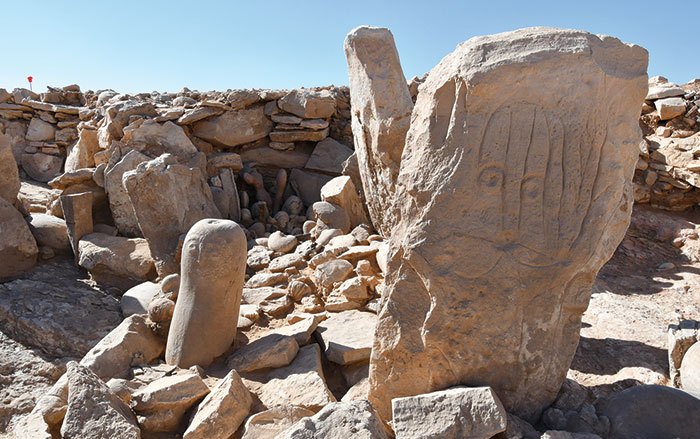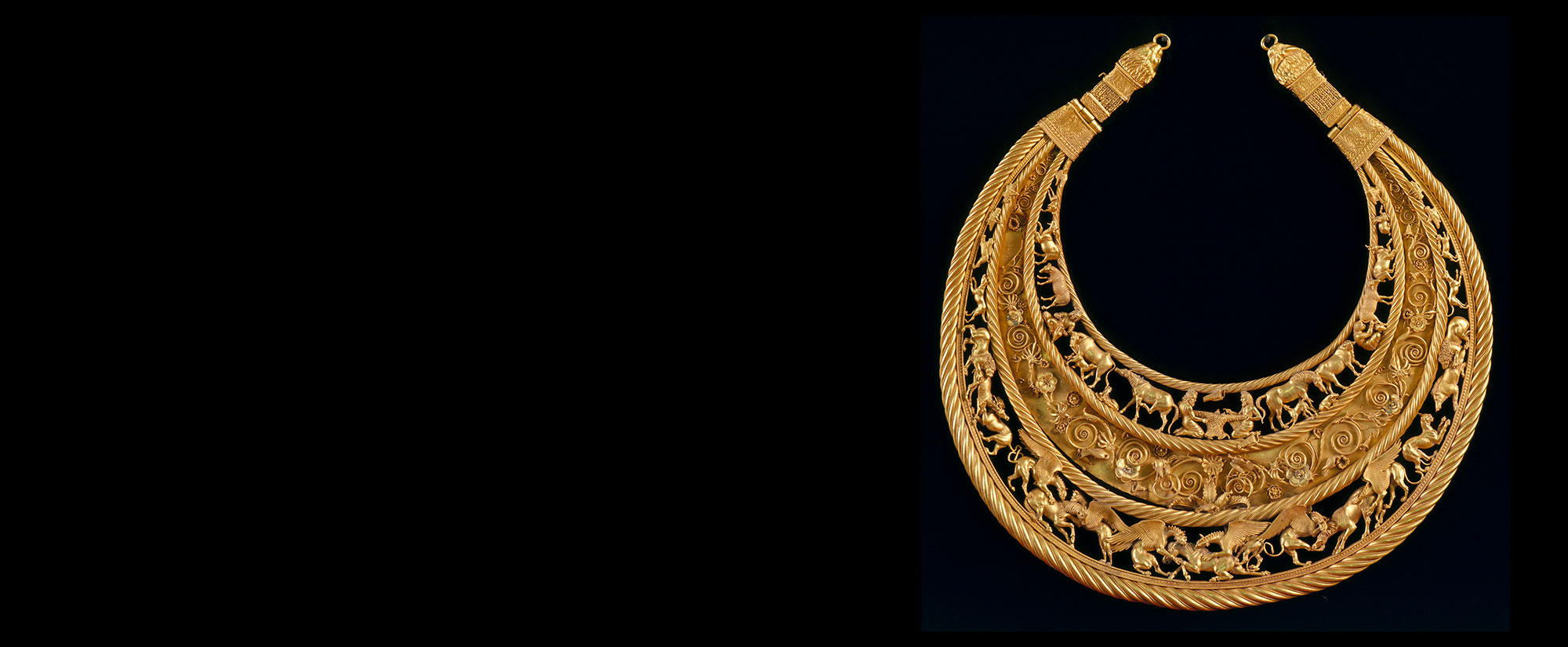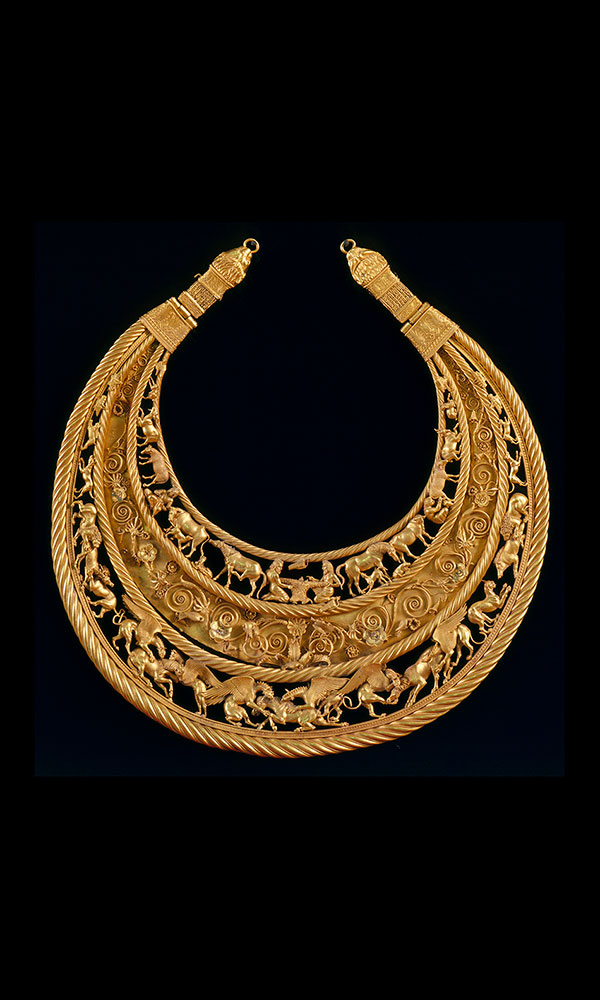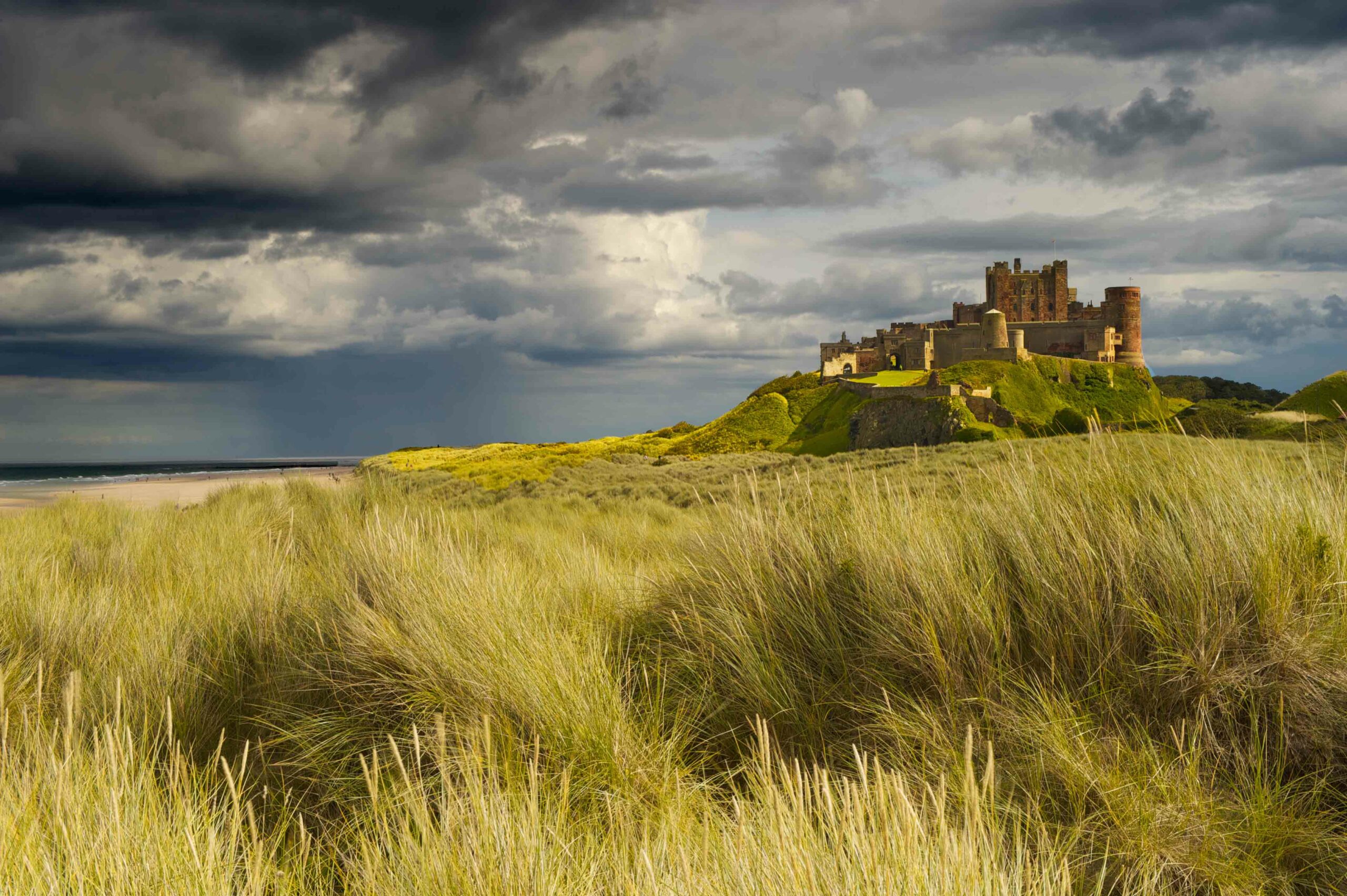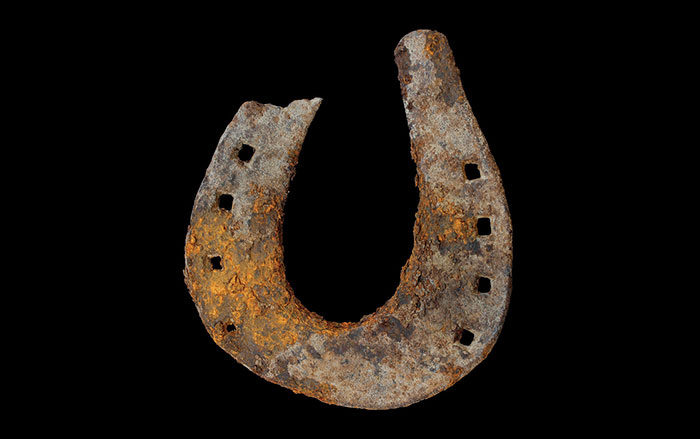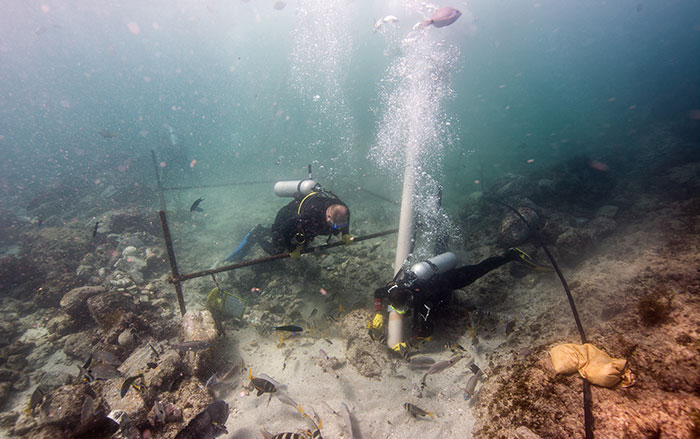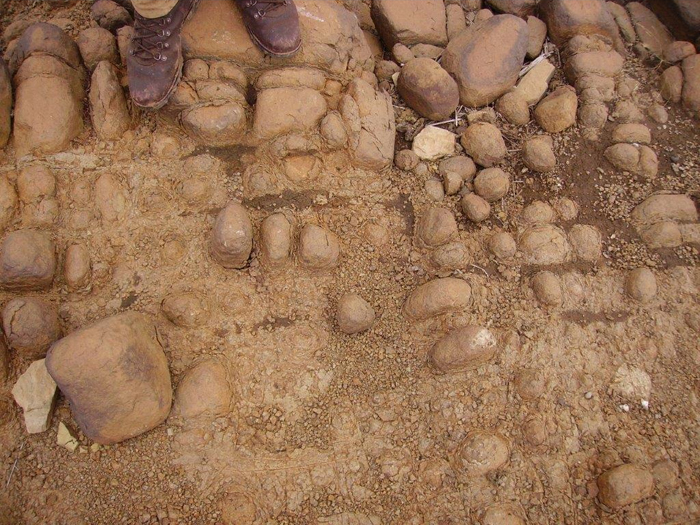
LEEDS, ENGLAND—Researchers led by Andrew Wilson of Leeds Beckett University analyzed 55 round and almost round stones from the Cave of Hearths, located in South Africa’s Makapan Valley. Known as spheroids, such stones are regularly found at archaeological sites that are between 1.8 million and 70,000 years old. Previous studies have suggested that spheroids may have been used as shaping or grinding tools, but Wilson and scientists from the University of Wyoming, the University of Liverpool, and Indiana University suggest they were instead used for hunting. The Irish Times reports that the team simulated the damage that spheroids could inflict on a medium-sized prey animal, like an impala, if thrown by an expert, and found that about 80 percent of the stones that they tested could have caused damage if thrown from distances measuring up to 80 feet. Wilson explained that distance from the prey helped keep the hunter safe, and that choosing the right stone was important—it had to be heavy enough to inflict damage yet still light enough to be thrown at a high speed. Stone projectiles would also have been useful for driving away other dangerous carnivores. To read about the evolution of humans' throwing ability, go to "No Changeups on the Savannah."


